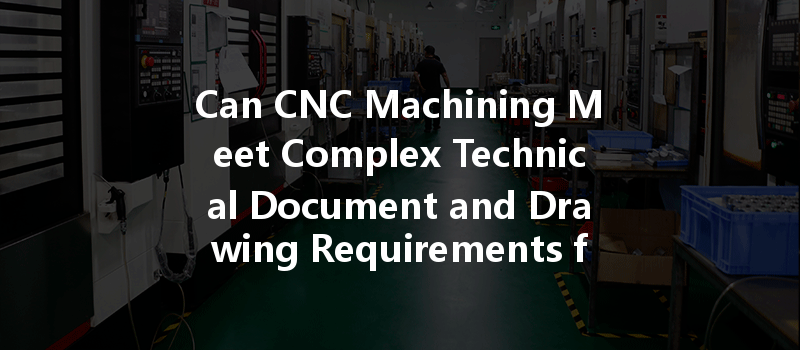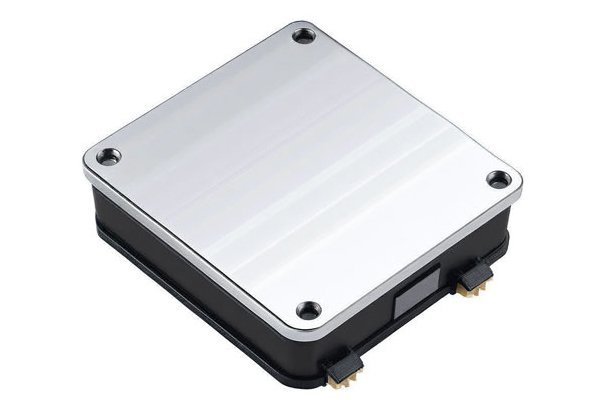*
Did you know that CNC (Computer Numerical Control) machining has revolutionized the manufacturing industry, enabling the production of complicated parts with unmatched precision? According to industry reports, the global CNC machining market is projected to reach over $100 billion by 2025, driven by the increasing demand for customized components across various sectors, including aerospace, automotive, and medical industries. But with freedom in design comes a challenge: can CNC machining facilities meet the rigorous technical documentation and drawing requirements demanded for complex custom parts? This question forms the crux of this comprehensive blog.
In this post, we will delve into the nitty-gritty of how CNC machining can successfully handle complex technical documents and drawings, presenting various challenges, streamlined solutions, best practices, and innovative technologies that contribute to the success of custom processing projects.
Understanding CNC Machining and Its Limitations
The Basics of CNC Machining
CNC machining is a highly versatile and efficient process that employs computer-controlled tools for cutting and shaping materials such as metal, wood, plastic, and composites. Its precision reduces human error and enhances product consistency, making it ideal for bespoke manufacturing.
Common CNC Machining Processes
Common Challenges with Technical Documents and Drawings
Technical documents and drawings present several challenges in CNC machining, primarily due to their complexity and the stringent specifications that must be adhered to. These challenges can include:
Solutions to the Challenges of Complex Technical Documents
CNC machining facilities can employ a variety of strategies to successfully tackle challenges posed by complex technical documents and drawings. Here are effective solutions worth considering:
Computer-Aided Design (CAD) and Computer-Aided Manufacturing (CAM) software are indispensable tools in CNC machining.
Effective communication plays a crucial role in ensuring that everyone involved in the project understands the requirements outlined in the technical documents.
Prototyping allows for testing the feasibility of the design before committing to full-scale production.
Understanding the importance of maintaining tolerances is paramount in CNC machining.
Best Practices for Custom Processing in CNC Machining

Creating comprehensive documentation for each project is essential. Documentation should include:
Modern CNC machining relies on data to drive decisions and improve processes.
A collaborative approach that involves multiple departments—including engineering, quality control, and assembly—ensures that all aspects are considered.
Continuous training of all personnel involved in CNC machining is vital to addressing the complexities of technical documentation.
Implementing rigorous quality control procedures is essential for maintaining the integrity of the manufacturing process.
Embracing Innovative Technologies
As an emerging complement to CNC machining, additive manufacturing (3D printing) allows for complex geometries that traditional CNC processes may struggle with.
By integrating AI and machine learning algorithms into CNC processes, manufacturers can foresee and mitigate potential challenges posed by complex drawings and documents.
The Power of Customization in Manufacturing
The ability to fulfill complex technical documentation and drawing requirements has set CNC machining apart from traditional manufacturing processes. Businesses that can meet these requirements gain a competitive edge in their market.
Adaptability Across Industries
From aerospace to medical technologies, CNC machining’s capabilities cater to various sectors that value precision. Medical device manufacturers, for example, require stringent adherence to technical documentation to ensure patient safety and regulatory compliance.
Cost-Effectiveness and Efficiency
By addressing complex requirements effectively, companies reap cost savings associated with reduced waste and improved production efficiencies. Moreover, the potential for rapid prototyping facilitates faster market entry for new products.
In the age of customization, CNC machining stands out as a pivotal technology that enables the production of bespoke components while adhering to complex technical document requirements. By implementing efficient strategies—such as standardizing documentation, utilizing advanced CAD/CAM software, enhancing communication, and investing in training—CNC machining manufacturers are better equipped to meet the growing demands of various industries.
As we’ve explored throughout this blog, understanding the challenges of technical documentation is just as essential as mastering the machining process itself. The importance of this area cannot be understated; successful navigation of complex documents leads directly to elevated product quality, timeliness in delivery, and long-term business success.
So why does this blog matter? In a fiercely competitive landscape, organizations that excel in customizing parts to technical specifications will find themselves ahead. As we move toward greater industrialization and technological advancements, keeping these techniques and practices in mind will be critical for any CNC machining business aiming for sustainable success in the future.
—






